
Dual-camera tech explained: Are two better than one? [Video]
Video uploaded by TechRadar on October 11, 2017
Why does a smartphone need several cameras?
Contents
Smartphones with two rear cameras do not surprise anyone anymore. The main module is supplemented with a wide-angle (as in the LG V30 or ASUS Zenfone 5) or with a double zoom (iPhone X, Samsung Galaxy S9+). The second option is the most popular.
High-quality cameras are universal thanks to interchangeable lenses, movable optics, and large sizes of matrices and lenses. These are not installed in the smartphone, because space for it is small, and dimensions are very limited. Therefore, it is necessary to go through an extensive path of development, not to increase the cameras, but their number.
There are photos of smartphones online with three or even five cameras. A lot of people joke around and say “you might as well create a smartphone with ten cameras!” You can joke all you want, but this is literally our future. When they do add 10 cameras to a phone… they won’t be wrong for doing so either.
First of all, it’s cheap
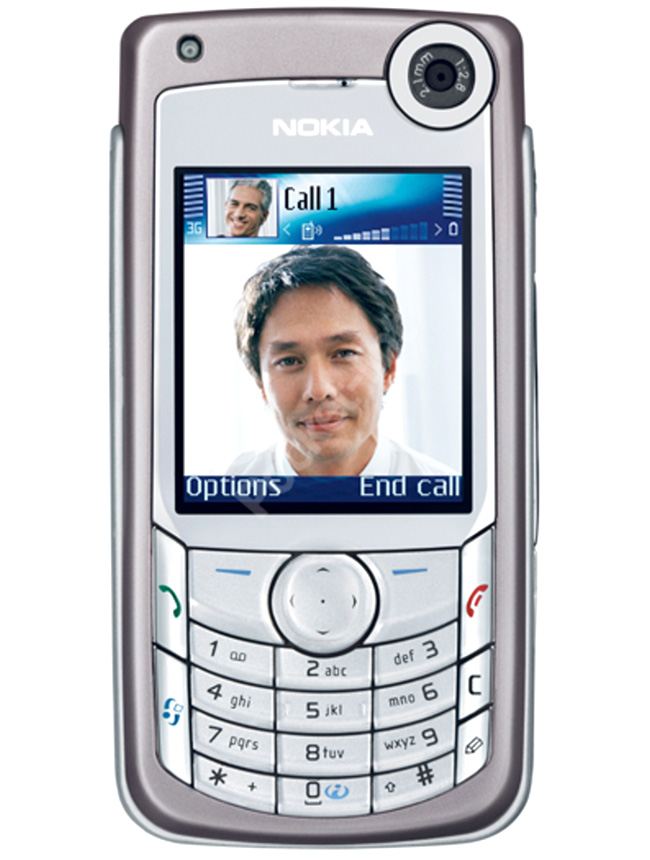
Nokia 6680 (2005), the first Nokia smartphone with a front-facing camera
It’s important to note that the number of cameras is not limited. A lot of time has passed since when the camera was considered the most expensive part of a smartphone. There was a time when camera phones were strictly expensive flagships, that is not the case anymore. Today, a camera is quite common and a fairly cheap component, even if we are talking about a high-quality module.
Final victory over point-and-shoot cameras
Let’s compare smartphones with conventional digital point-and-shoot cameras. Yes, we are aware that almost no one buys these cameras anymore, and this is solely because of smartphones. The quality of shooting on a mobile phone today is not worse, or even better than that of point-and-shoot cameras. At the same time, the phone is considered a necessary gadget, and the camera comes as an addition.
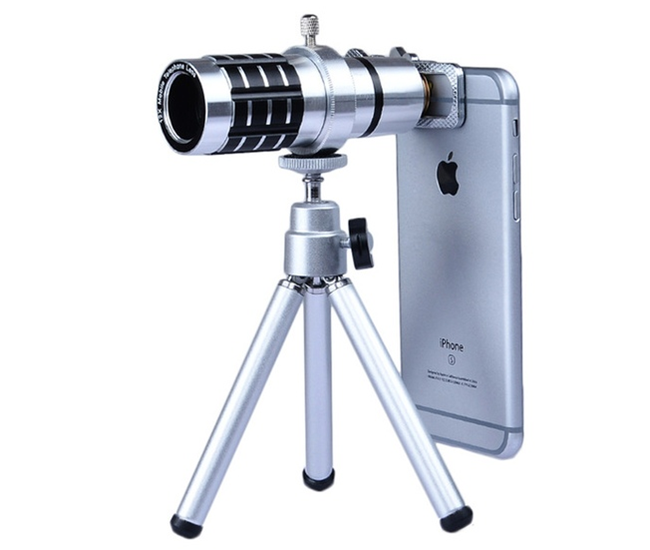
Optical Zoom Telescope Camera Lens with Tripod for iPhone
But there was always one detail in which point-and-shoot cameras were better than smartphones… optical zoom. Yes, a wide-angle lens, typical for smartphones, is enough in most cases, but not so much for portraits. Sometimes you do need to zoom into an image, so what is one to do?
At different times, phone manufacturers have tried different methods. For example, they have tried using digital zoom, in which the picture is cropped in the center, and then stretched to the original resolution using various ingenious algorithms. There were also attempts to embed bulky optics into smartphones. Or even clip-on lenses for mobile phones.
However, all these methods cannot be considered as an adequate solution to the problem. Digital zoom spoils the image anyway. Even if neural networks learn to adequately increase the resolution of an image, full-sized images will still look better. That is, the same neural networks can process high-quality photos into even higher quality ones and increase their sharpness to the level of an expensive lens on a full-frame professional camera.
Optical zoom in a smartphone is undesirable because of its size. That is, either you need to make the smartphone significantly thicker (or so that the lens noticeably protrudes, like on the Galaxy Camera), or the quality of the optical system will be low.
However, clip-on lenses remain the worst quality of all. First of all, the optical schemes of smartphones do not initially provide for something else to be attached on the outside. Second of all, a decent lens should be expensive, but who will then actually purchase it? Third of all, clip-on lenses kill the whole essence of mobilography. With the constant fuss of attaching and detaching, they make smartphones huge and inconvenient to use. The result is that the quality of images is extremely low (sharpness, color rendition, geometry will deteriorate, as well as chromatic aberrations and vignetting appearance). Therefore, there is no sense in snapshots, and it’s easier to just take a camera.
More cameras
There is honestly only one way out… simple yet smart. It is necessary to make a smartphone with several cameras, and the lens of each camera will have its own purpose and focal length. But what should the length be?
For example, the popular iPhone 7 Plus. It has an ordinary wide-angle camera, and there is also a second camera, the focal length of which is approximately twice as large. It ends up being like a portrait lens.
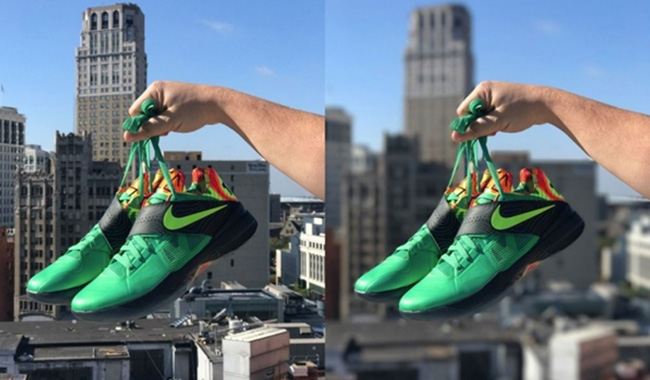
Blur with dual camera in the iPhone 7 Plus
The LG G5 also has two cameras, but the secondary camera has an even wider angle (for ultra wide-angle shots) And you’re able to get some pretty cool pictures with it!
The issue is that the LG G5 lacks a portrait lens, and the iPhone lacks a wide-angle lens. So what solution can we come up for this? Creating phones with 3 cameras!

This is the photo from the standard camera
Let’s talk about macro photography now. Not just taking pictures up close but real macro photography! Having four cameras would help achieve this. Let’s say you then need a telephoto lens with a larger focal length… in that case you need five cameras.

The example of a photos with short, medium and long zoom
However, different focal lengths are not the only reason for the emergence of several modules. Dimensions of smartphones impose restrictions not only on the mechanics inside (necessary for zoom), but also on the physical size of the sensor (matrix). The smaller the sensor, the less light it receives. This means that pictures with poor lighting will also be of poor quality. At the same time, smartphones today require ideal shots at night, whereas even for professional equipment a few years ago it was a laborious process (with a tripod and a long exposure). But with smartphones, everything needs to be much easier.
What if several cameras interact with each other, eliminating excess noise? For example, let’s make one black-and-white camera. Just like eye rod cells, it will catch the light better, but not the color, but the other camera will make sure to catch the color. Combining images from both cameras, we get a color photograph with higher sharpness and with minimum noise.
Where else can multiple cameras be used? For instance, to increase a photo’s resolution (number of points), or to create a high-end color reproduction with short exposure in HDR (for a clear photo), and also for 3D graphics. The latter, by the way, can be used not only in 3D games, with which everyone has played enough of and forgotten (at first, double cameras appeared to just to create 3D images), but to separate the background from the object with subsequent blurring. Also, several cameras will be helpful for object recognition, or for the needs of augmented reality (AR). In a nutshell, there are many uses.
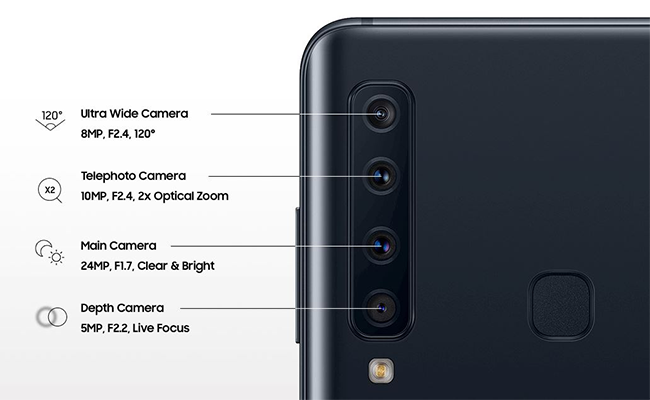
Four cameras in the Samsung Galaxy A9 (2018)
Four cameras in the Samsung Galaxy A9 (2018)
This does not exclude the fact that some manufacturers will make smartphones with multiple cameras just for their number. At the same time, a smartphone with a smaller number of cameras or even with a single (but expensive one) can perform the effects described above with even higher quality than a cheap smartphone with several cameras.

In the upcoming flagship Nokia 9, we expect 5 rear cameras at once
As mentioned above, there is no need to worry since the number of cameras does not make a smartphone more expensive. Cameras basically cost nothing when adding them to a phone. The “magic” that has been happening inside smartphones for a while now is all based on the level of firmware and algorithms.That is why photos by Sony smartphones are worse quality when compared to competitors on the same matrices (also made by Sony, oddly enough). It’s just that Sony’s mobile programmers don’t do well with photo processing. Which is also strange, because Sony cameras are among the best.
Selfie
Well, what about the front-facing cameras, you might ask? In this case, a lot of cameras is not needed, two or three will suffice. Two are needed to create a realistic blur. However, it is worth noting that even on professional full-frame cameras, wide-angle lenses do not blur the background very well, since they have more DOF (depth of field). So often all these blurred effects on front-facing cameras like on the iPhone X, don’t exactly look “professional”, but more unnatural. In the right hands though, it can definitely work.
In addition, ultra wide-angle lenses can be useful for group selfies. Although it is not very convenient to use it as a permanent camera, as a supplement it will work perfectly. For the needs of face recognition, several cameras on the front panel will become indispensable, but not more than three.
Links
- Smartphones vs cameras: do you still need a DSLR? – TechRadar
- How to sell your old smartphone online for top price? – iGotOffer

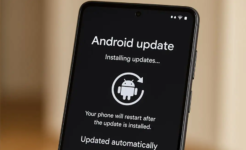

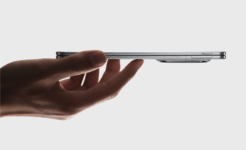


Facebook
Twitter
RSS